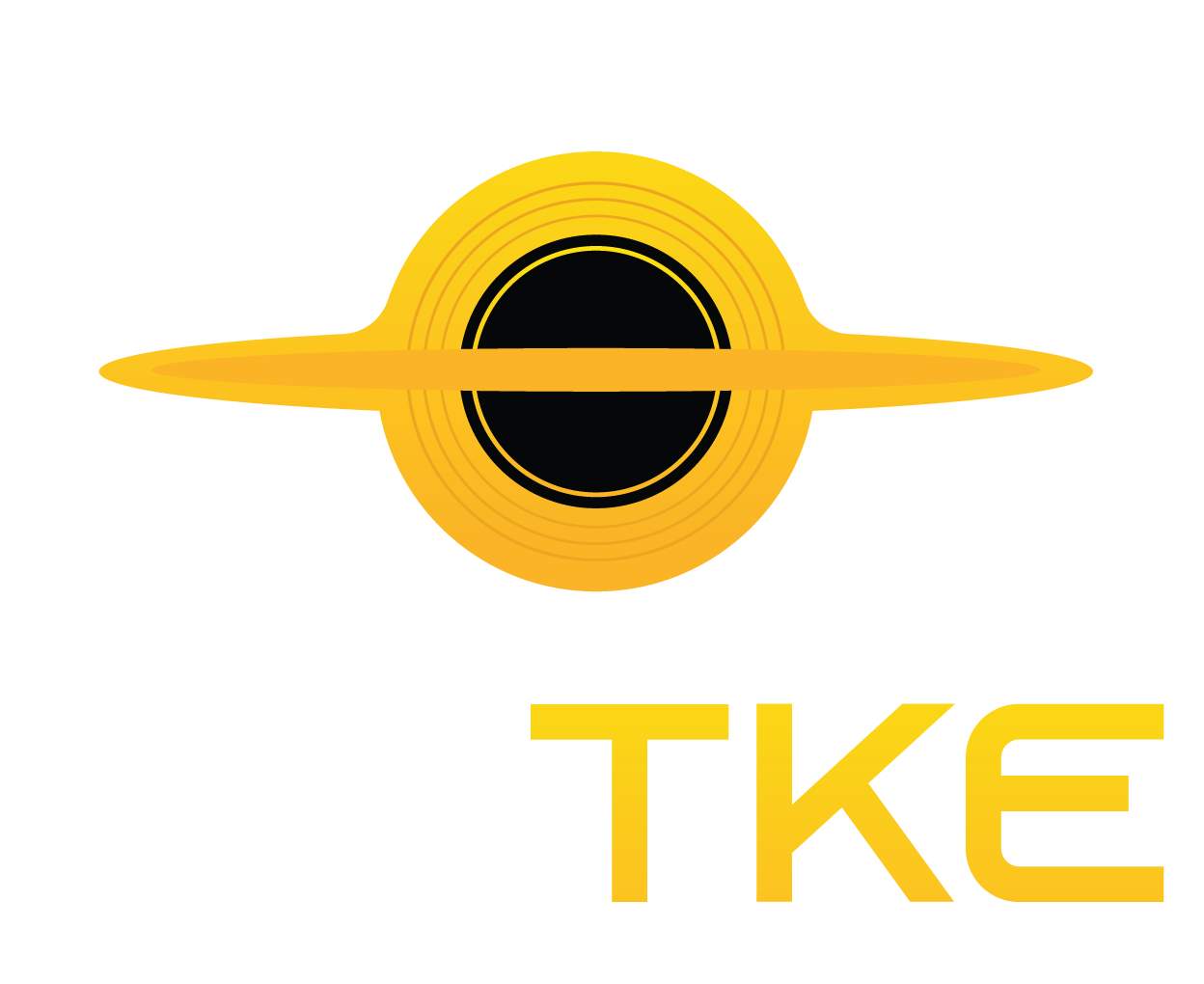Versatile Solar Film Nears Market Readiness

Power Roll / The University of Sheffield
Since 2012, UK-based Power Roll has been developing a cost-effective way to print solar film for clean energy generation. Now, the company has taken a major step toward large-scale production with a redesigned perovskite solar cell that lowers costs and improves scalability.
Power Roll’s approach centers on embossing microgroove structures into a plastic substrate, similar to the holograms on credit cards. Each square meter contains 500,000 of these tiny grooves, which are then coated with conductive materials and photo-active ink. Encapsulation film adds stability and enhances durability, ensuring long-lasting performance.
To manufacture this solar film efficiently, Power Roll uses roll-to-roll processing, a method where material continuously moves between rollers for coating or embossing. This technique keeps production inexpensive and highly scalable. Additionally, the company relies on abundant perovskite to absorb sunlight and convert it into electricity, avoiding the need for rare materials.
Power Roll and University of Sheffield Innovate Back-Contact Solar Cell for Higher Efficiency and Lower Costs

ACS Applied Energy Materials
Working alongside researchers at the University of Sheffield, Power Roll has developed a new microgroove structure with a back-contact format, placing all electrical contacts on the back instead of the front. This design boosts energy efficiency while simplifying and reducing production costs.
Another key improvement is the increase in groove density, jumping from 16 grooves per cell to 362. This enhancement has significantly improved power conversion efficiency (PCE), reaching up to 12.8%. To ensure structural integrity, the team also used a Hard X-ray nanoprobe microscope to examine the solar cells, identifying defects such as empty spaces within the semiconductor material.
By adopting this back-contact design, Power Roll eliminates the need for transparent conductive oxide (TCO) layers, which typically contain rare and expensive materials like indium. Removing TCOs not only lowers costs but also allows perovskite to absorb light directly, maximizing efficiency.
Lightweight, Flexible Solar Film Expands Clean Energy Possibilities
The biggest advantage of this solar film lies in its lightweight and flexible design. Unlike traditional solar panels, this film can be applied to a wide range of surfaces, including non-load-bearing rooftops, remote areas, and unused urban spaces. Its versatility opens the door for widespread adoption, potentially turning countless structures into clean energy sources.
With this breakthrough, Power Roll is rapidly scaling up production. The company, in collaboration with Sheffield researchers, recently published its findings in Applied Energy Materials. The next phase of development will focus on using X-ray microscopy to refine performance and stability.
Last October, Power Roll secured $5.4 million in funding to expand production at its manufacturing plant. Looking ahead, the company aims to produce enough solar film to generate 1 GW of electricity in the near future, marking a significant leap toward a cleaner energy future.
Read Original Article: New Atlas
Read More: Engineers develop a more efficient burner to cut methane emissions.










